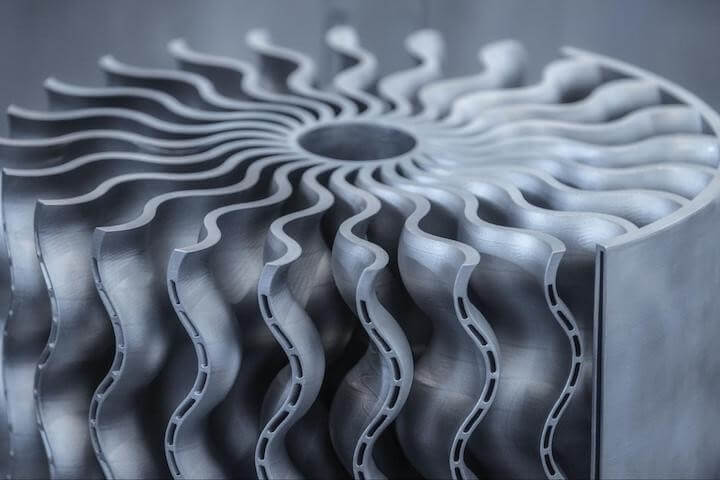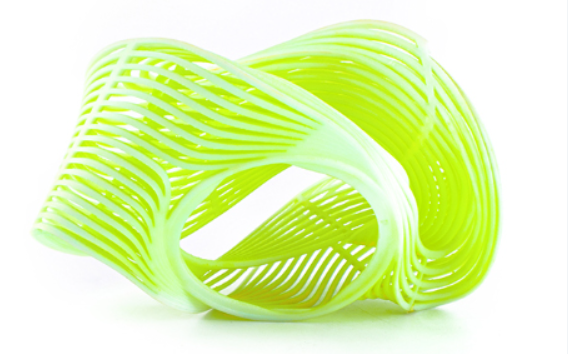Comparison between industrial 3D printer and ordinary 3D printer
3D printers have been widely used in various fields. Among the 3D printers, industrial 3D printers and desktop 3D printers are often heard. So what is the difference between these two types that are commonly found in the market?
1.The range of application fields is different
Industrial-grade 3D printers are widely used in many fields, such as aerospace, automotive, medical, and electronic products.
Desktop 3D printer, on the other hand, are generally used to print smaller items. In the past, they were mostly used in industrial design, education, animation, archaeology, lighting and other fields.
2.3D printers have different printing speeds
The printing speed of industrial-grade 3D printer is significantly faster than that of desktop-grade 3D printer. With the maturity of 3D printing technology, many companies have begun to use industrial-grade 3D printers for mass production. Desktop-level FDM 3D printers are more used in personalized customization and small-scale production.

3.The printing accuracy is different
3D printing errors depend on two factors: positioning accuracy and printer calibration, as well as the geometry of the printed model. An industrial-grade 3D printer made of thermoplastics and FDM technology can print high-precision parts (within an error of less than 0.15%). This device has a greater degree of freedom in parameter modification. Before we start printing, we need to set various suitable parameters, among which the heating chamber minimizes the cooling rate of the molten material.
Because of it, we can use materials with higher melting points. Most industrial-grade 3D printers are also equipped with dual extrusion units. With it we can use special support materials. When printing complex models, we can avoid the hassle of supporting damaged surfaces.
However, there is a big gap between desktop-level 3D printer and industrial-level printers in terms of calibration and component composition. Many home printers can produce high-quality models, but the printing quality greatly depends on the level of the person operating the printer. The finished model requires many post-processing steps.
4.Different production capacity and cost
The growing popularity of desktop-class 3D printer has greatly reduced the cost of owning and operating an FDM machine, as well as the cost and availability of consumables. Industrial-grade 3D printer generally have greater production capacity than desktop-grade 3D printer, and industrial 3D printer have larger print platforms, which means they can print larger parts at once, as well as more models at once.
